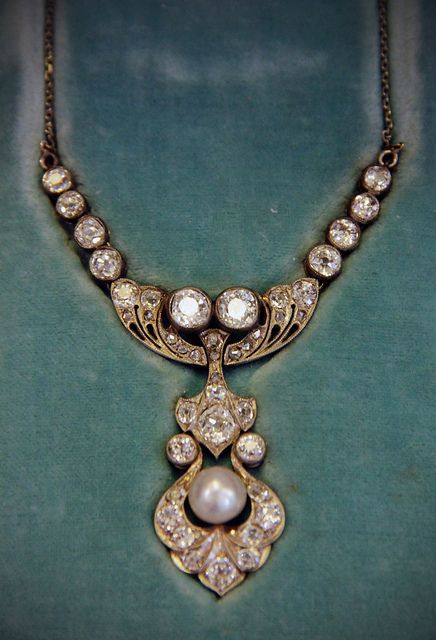The 19th century was a period of immense change and innovation, not just in society but also in the realm of jewellery design. As industrialization took hold, new techniques and materials became available, allowing artisans to experiment and create stunning pieces that captured the imagination. Among these creations, engagement rings UK gained particular prominence, symbolizing love and commitment in an era marked by romantic ideals. The intricate designs and sentimental values of 19th-century jewellery tell a fascinating story that continues to inspire modern trends.
During the early part of the 19th century, jewellery was characterized by Romanticism, a movement that emphasized emotion and nature. Pieces were often ornate, featuring floral motifs and intricate engravings. Gemstones were set in elaborate gold or silver settings, reflecting the romantic ideals of the time. This was a departure from the simpler styles of previous centuries, as artisans sought to convey deeper meanings through their creations. Engagement rings began to evolve from simple bands to more elaborate designs, incorporating gemstones like diamonds, sapphires, and emeralds.
The introduction of the diamond as the quintessential stone for engagement rings can be traced back to this period. Although diamonds had been used in jewellery for centuries, their significance was magnified in the 19th century. The rise of diamond mines in South Africa towards the century’s end contributed to the popularity of these sparkling gems, making them more accessible to the burgeoning middle class. The concept of the diamond engagement ring was popularized by Prince Albert, who gifted Queen Victoria a stunning diamond ring upon their engagement in 1840. This act cemented the diamond’s status as the ultimate symbol of love and fidelity.
Victorian jewellery also embraced symbolism, with many pieces incorporating hidden meanings. For example, the use of specific gemstones was often associated with certain emotions or virtues. The language of flowers became popular during this time, and pieces featuring floral motifs were infused with sentimental value. A ring adorned with a rose could symbolize love, while a forget-me-not represented fidelity. This layer of meaning made jewellery not just decorative but also deeply personal, connecting the wearer to their emotions and relationships.
As the century progressed, the Art Nouveau movement emerged, characterized by flowing lines and organic forms. Art Nouveau jewellery showcased a more delicate and whimsical aesthetic, often drawing inspiration from nature. This movement marked a shift away from the heavy ornamentation of the Victorian era, favoring instead a more ethereal and graceful approach to design. Engagement rings began to reflect this shift, with designs becoming softer and more fluid, often featuring intricate filigree work and delicate gemstones.
The late 19th century also saw the rise of new materials and techniques that transformed jewellery-making. The introduction of electroplating allowed for the creation of more affordable pieces, making fashionable jewellery accessible to a broader audience. This democratization of jewellery meant that even those without great wealth could adorn themselves with beautiful designs. However, the artistry and craftsmanship remained high, ensuring that each piece was unique and special.
In conclusion, the romance of 19th-century jewellery lies in its rich history and the stories embedded within each piece. From the rise of the diamond engagement ring to the intricate symbolism woven into the designs, this era produced stunning works of art that resonate with lovers even today. The legacy of 19th-century jewellery continues to inspire modern designs, reminding us of the enduring nature of love and commitment. Whether in the form of an engagement ring UK or a simple pendant, the romance of this period is reflected in the beautiful pieces that continue to capture hearts across generations.

